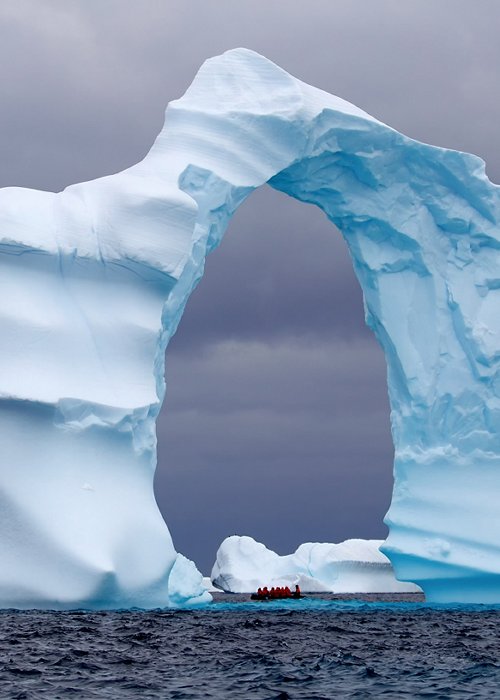As rising global temperatures alter the landscape of the Arctic, scientists are observing what promises to be a new record at the other end of the globe. In fact, preliminary data from the National Snow and Ice Data Center (NSIDC) in Boulder, Colorado, indicate that the extent of sea ice in Antarctica has decreased to an area of 1.98 million square kilometres, falling below the previous record low – 2.1 million square kilometres – recorded in March 2017. This is the smallest area ever recorded since satellite surveys began in the late 1970s.





